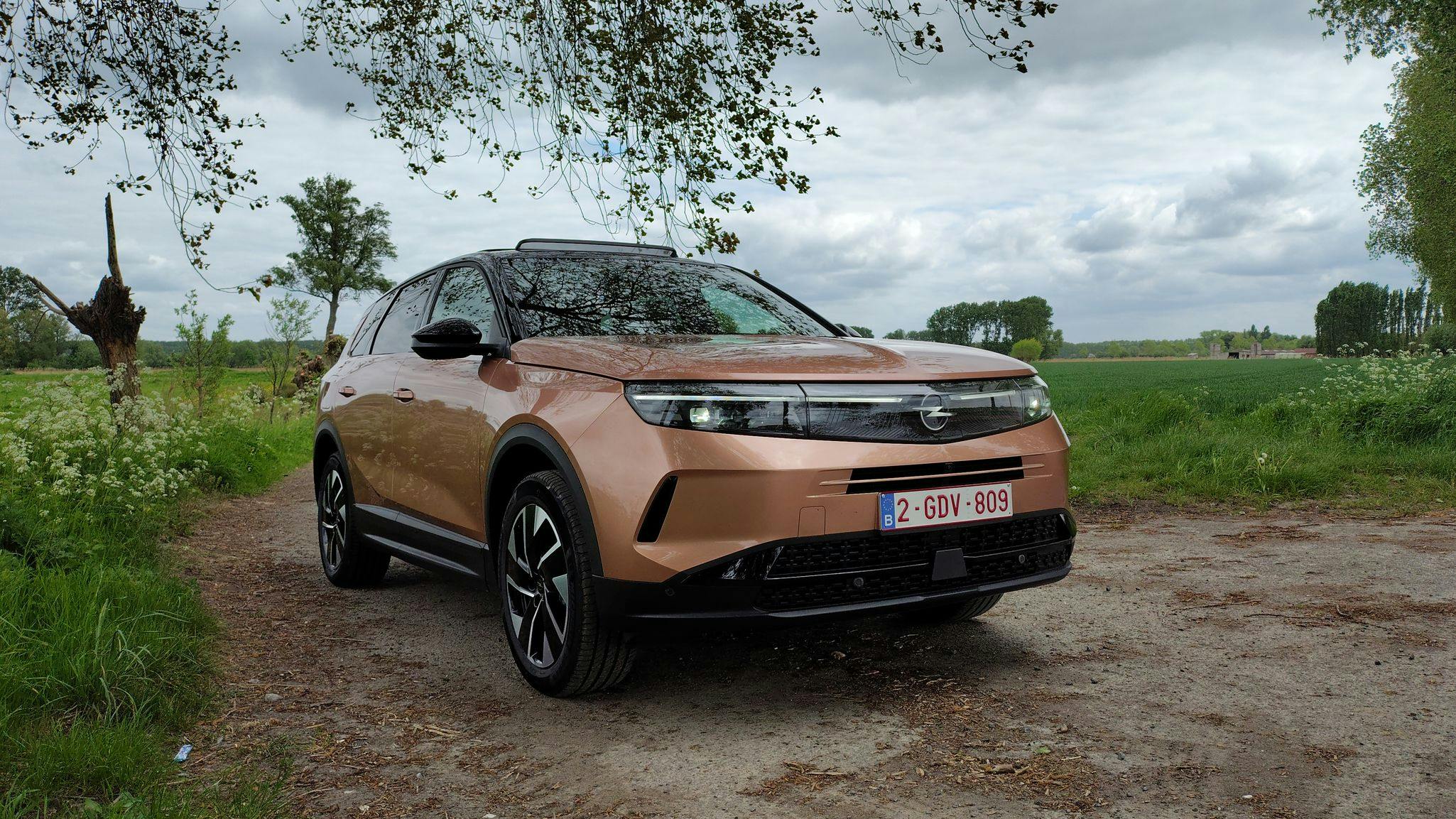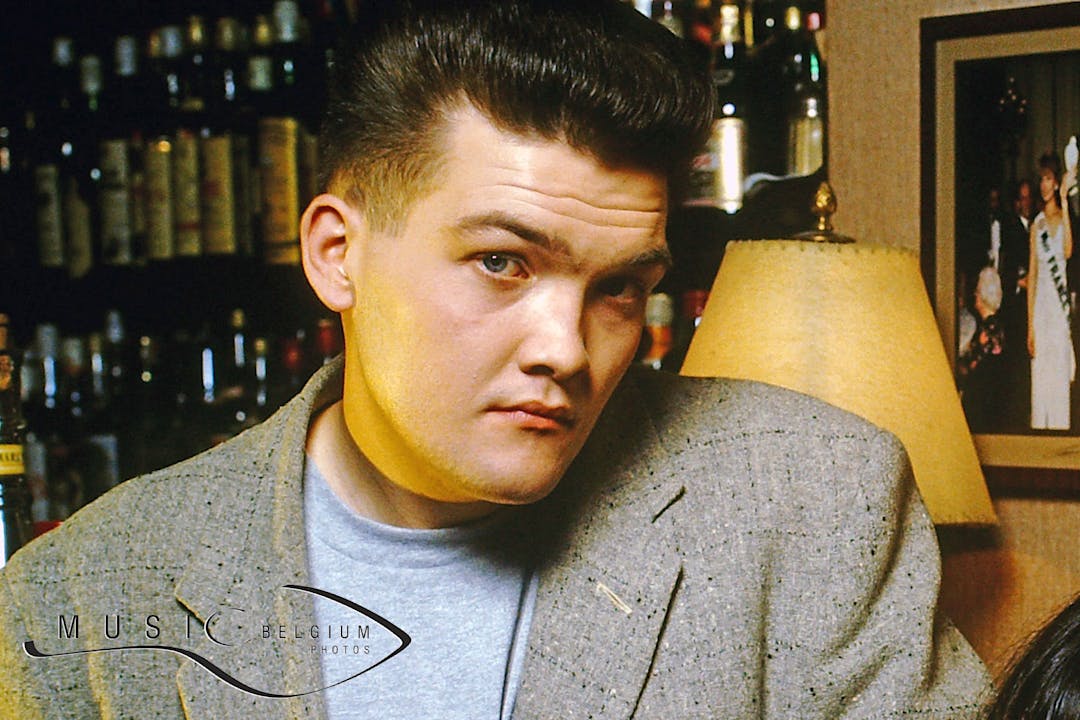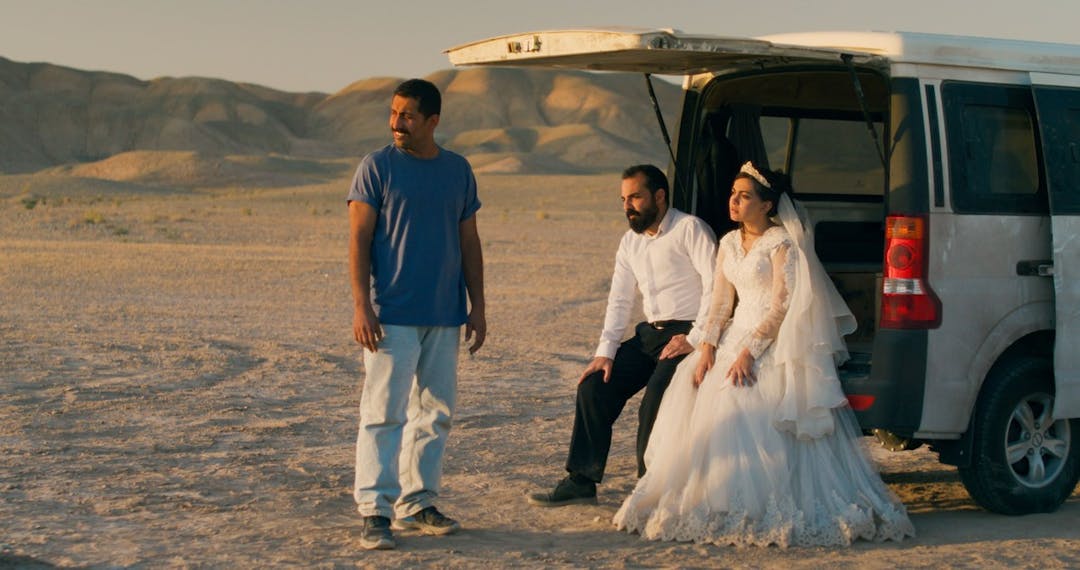
TAGTIK NEWS - TO THE POINT
What is the Opel Grandland with its small engine worth?


After discovering the electric Opel Grandland, we were able to follow up with a test of the entry-level micro-hybrid version. Does the SUV present a different face with the 1.2-litre petrol engine aided by a small electric motor?

This 4.65m SUV is the most imposing Opel in the catalogue, apart from the Zafira Life van. Thus, it's the high-end model. It shares the same STLA Medium platform as the Citroën C5 Aircross, Peugeot 3008 and 5008. For Tagtik, we already tested the 213hp electric version. There's also a 195hp plug-in hybrid version with a 1.6 turbo engine. In this case, we have the 48V micro-hybrid solution of 145hp, which includes a 136hp 1.2-litre turbo petrol engine and a 28hp (21kW) electric motor integrated into the robotised gearbox. All this provides a combined 145hp under the accelerator. No plug, no charge. In fact, it's somewhat like a petrol car but consumes less during acceleration and in the city due to the electric assistance.

Engine!
Starts quietly and smoothly with the electric before the 3-cylinder rumbles awake. This is the same for the electric variant. The classic interior offers decent materials and comfortable AGR-labelled seats for back support. The large 16-inch horizontal central screen on our GS trim captures attention, but buttons allow quick access to specific menus. There's a button for radio volume and a specific control for the air conditioning. Let's not forget the buttons on the steering wheel, including the cruise control.

In short, the ergonomics are well designed and avoid all-touchscreen reliance. However, you still have to go through the screen for the heated steering wheel or heated seats. And if you want to adjust the height of the head-up display, it’s via the same button as the side mirrors adjustment, on the door. It's clever, but confusing the first time: "Where is this f*** menu to adjust this display in front of my eyes?"

The Venice of the North
During this test, the professional schedule sent me to Bruges, in Belgium. Hence, I embarked on a motorway journey to reach the town known as the Venice of the North. And before heading home, a detour through the Polders allowed testing the car while enjoying a pleasant ride through the Flemish country side. Thus, I noted that the Grandland didn't struggle much to keep pace at 120km/h, letting it glide smoothly between sky, meadows, and canals. The 136hp is well supported by the electric motor. But let’s not kid ourselves, the German vehicle still shows modest performance with a petrol engine that sometimes hits high notes at the limit. This engine is for cool driving. Which is aided by a complete and well-tuned suite of driver assistance systems (ADAS).

In terms of consumption, the actual average is around 6 l/100km. This allows for a range of over 900km. However, by adopting an anticipatory driving style, optimising the use of the electric motor on a smooth mixed route, I was able to bring it down to 5.6 l/100km. Officially, the car has a WLTP consumption of 5.4 l/100km (121 g CO2/km). With a bit more delicate acceleration, it's achievable.

Sea air
While we are near the sea, we need to find the shark that was missing in the electric variant. Remember, we had found those under the storage space beneath the console between the front seats. Another shark is hidden underneath the rear camera. You can spot it by opening the (electric) tailgate. Where the brand has also focused its efforts is in the exterior light ambiance, with a Blitz logo (or Vauxhall in the UK) illuminated on the grille. The car doesn't fail to shine day or night with very effective lighting. If there's dirt on the windscreen, the washer fluid isn't sprayed by nozzles from the bonnet but via a wash integrated into the wipers. It doesn't do a better job at removing the collection of stuck insects, but at least it wets the entire swept area. This is certainly more effective in winter to remove salt residue, with an appropriately adapted washer fluid.

Let the sun in
Well equipped, with including the Comfort pack, our car’s interior is bathed in light with the panoramic opening roof. The occupants in the front and the rear are always very comfortably seated. Opel has always been committed to offering good seats. Confirmation once again. As effective allies, the suspensions have found a good balance between firmness and softness. Thus, the kilometres covered on the E40 (known to the Belgians as the motorway to the sea) were not too exhausting after a day's work.

Note that in terms of the cockpit, the induction charger is topped with a translucent cover. A worthwhile solution to avoid distraction while still allowing an occasional glance. Even though pairing allows access to essential smartphone functions on the central screen facing the driver's seat. If you prefer to rely on the manufacturer's interface, the screen offers three customisable zones. However, it all lacks colours. Yet, the vocal assistance is branded ChatGPT. For holidays, with five people at most, the boot is generous with a volume from 550 l to 1650 litres. There is a 40/20/40 split-folding bench and a double floor that doesn't fully compensate for the rather high loading threshold.

Good price
The GS model tested, fully equipped, is priced at €42,329 in Belgium. With the basic Edition trim offering decent equipment and a 10-inch central display, it costs €33,490. For tax purposes, it is the 136hp (100kW) petrol engine that will be considered. In any case, it's €13,500 less than the electric version, and €8,000 less than the plug-in hybrid! In France, Opel offers the Grandland starting from €34,780. For the GS model similar to our test vehicle, it costs €42,100. In Switzerland, the price range starts at 38,770 CHF in the Edition to over 50,000 CHF with complete equipment in the GS.

(Olivier Duquesne – Source: Olivier Duquesne – Pictures: © Olivier Duquesne – Stellantis)

LATEST NEWS

Born on December 6: Ben Watt, the male half of Everything But The Girl

Born on December 5: Patricia Kaas, The Voice's (France) new coach

Jafar Panahi Wins New York Award and is Sentenced to Prison by Iran

Born on December 2: Peter Kingsbery, founder of Cock Robin with firebrand Ana LaCazio

Born on December 1: Julee Cruise, "Twin Peaks'" haunting voice

Born on December 1st: Alain Bashung, French rock poet who waited a long time for success
Quick links